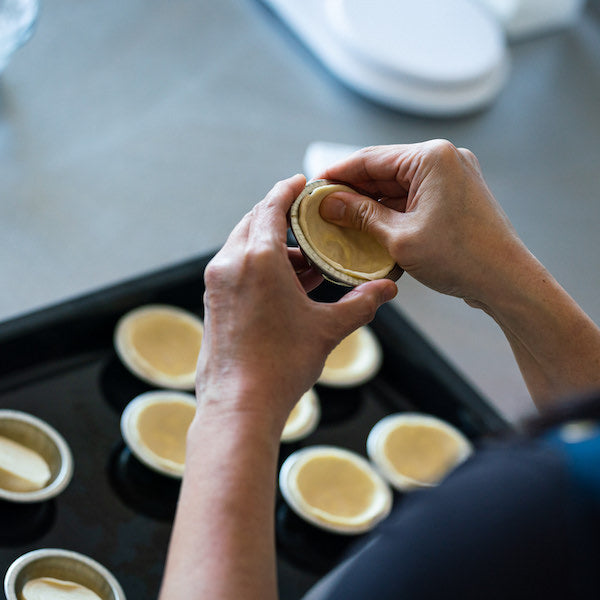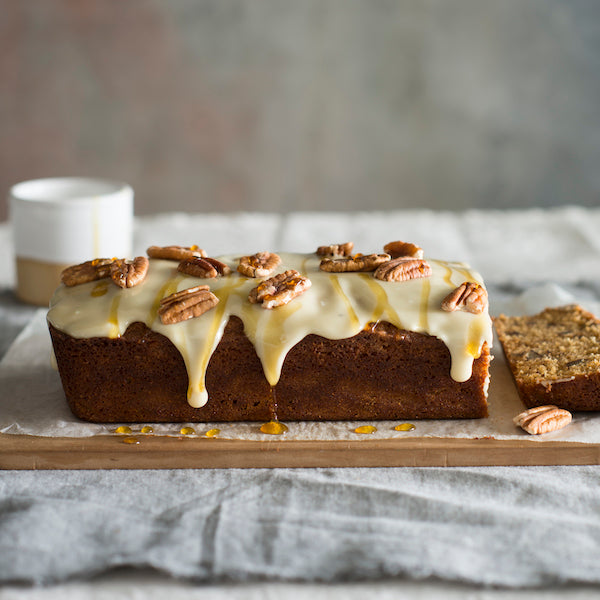BakeClub Blog

Portuguese Custard Tart Making Secrets
1. A super hot oven is essential
You will need to bake your Portuguese custard tarts in a very hot oven (300°C/280°C fan-forced in fact) to ensure a crisp, baked-through pastry and the signature charring on the top surface. Always give your oven plenty of time to preheat – at least 1 hour. Also having two pizza stones in the oven while you are preheating the oven and baking the tarts – one above the tarts and one below – will help create blistering heat around the tarts to ensure the tarts crispen and brown quickly before the custard has a chance to overbake.
2. Use good heat-conducting tart tins
The best type of tins to use for making Portuguese custard tarts are aluminium or 'tin' ones that will conduct heat effectively and efficiently. Avoid non-stick pans as the non-stick surface can release not-so-nice chemicals when heated to temperatures in excess of 250°C (230°C fan-forced).
3. Have your butter at the right temperature
When making your pastry make sure your butter is soft but not too soft. You should be able to press your finger effortlessly into it so it is easy to spread without stretching or tearing the dough. However, it shouldn’t be so soft that it will start melting once you start incorporating it into the dough as this will result in a heavy pastry with little flakiness.
4. Don't overfill the tart cases
It is important not to be too generous with the custard filling. If too much is added to the cases, as the tarts bake the filling will spill over the pastry sides between the pastry and tart tin causing the pastry to become soggy in this spot. Always leave about 5mm between the top of the custard filling and the lowest point of the pastry edge.
5. Use a good-quality baking tray
Make sure you put your tart tins on a good-quality, uncoated heavy baking tray that will withstand the hight heat of the oven. Thin, lesser quality trays can buckle during baking and or those with non-stick coatings (as mentioned in secret 2.) are unsuitable to use at temperatures above 250°C (230°C fan-forced).








